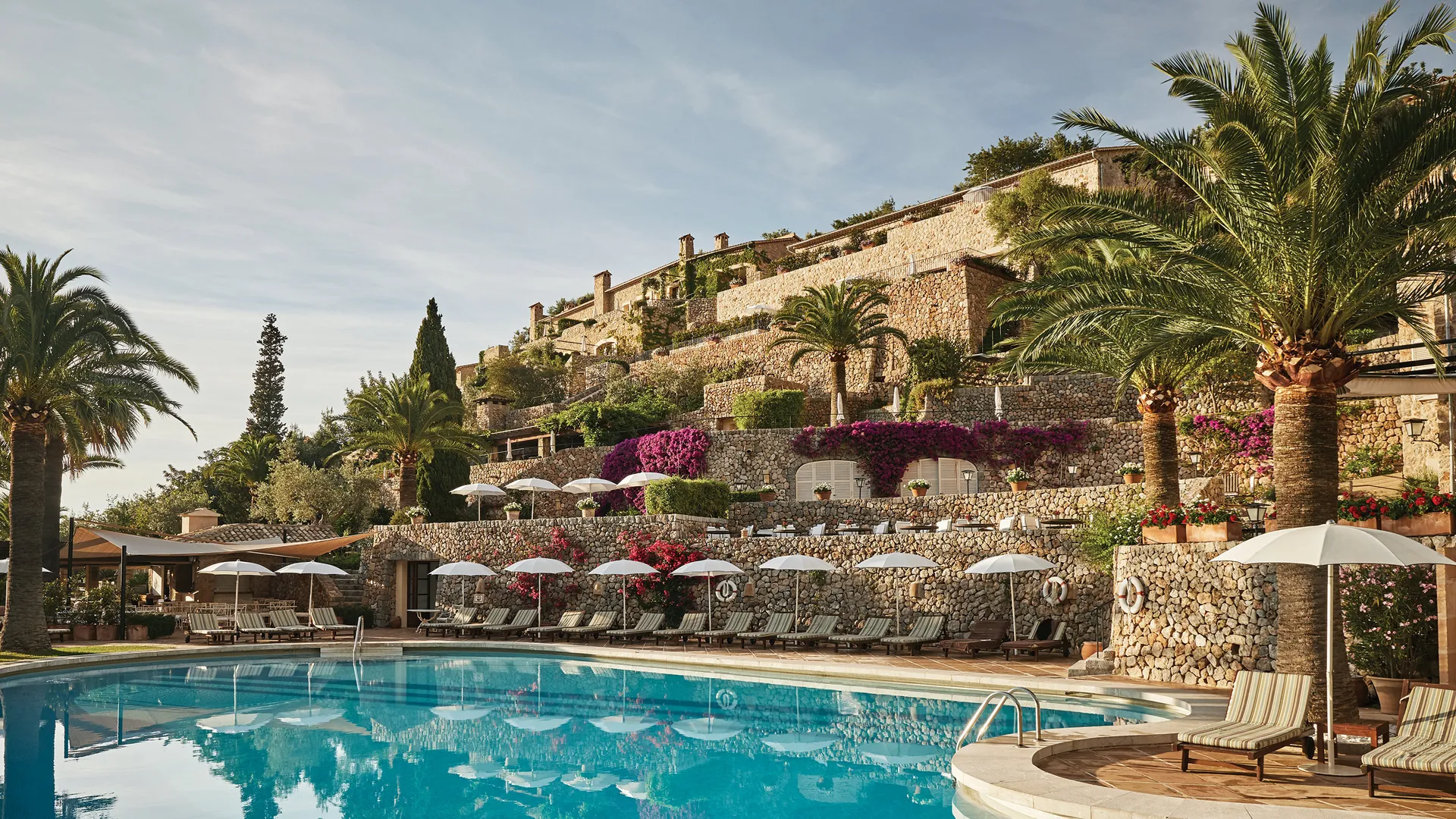Describe your trajectory leading to Condé Nast and the inception of your ‘Small Spaces’ initiative.
Following pursuits in audiovisual and communication, I ventured into the realm of cinema. However, being inherently drawn to literature, I yearned for the written word. Subsequently, I traversed through roles in advertising and communications before embarking on a journey within the press realm in 2014. My association with Condé Nast commenced in 2015, initially as a contributor for GQ and Vanity Fair, eventually transitioning to the editorial team of AD in 2018. Interestingly, in my childhood, I harbored aspirations of becoming an architect, making my current proximity to the works of architects and interior designers an ironic yet deeply gratifying circumstance.
How do you articulate your vocation to acquaintances and family members?
I am a journalist and wordsmith specializing in elucidating architectural endeavors, design innovations, and significant occurrences within the architectural and design spheres. In essence, I articulate the visions and accomplishments of others through prose. They entrust me with their remarkable projects, and I, in turn, translate the odyssey of their inspiration and the realization thereof into written form. Writing is not merely a passion but also my forte. The privilege of listening to gifted and passionate individuals narrate their projects is an opportunity I cherish endlessly. Whether it’s a modest 20-square-meter apartment awaiting renovation or a grand architectural venture, each undertaking entails meticulous deliberation and numerous variables. The ingenuity inherent in creative creativity never fails to inspire me, and I endeavor to convey this enthusiasm to others.
You instigated the ‘Small Spaces’ format, which has sparked interest in other markets. Could you elaborate on this endeavor’s genesis and evolution?
The genesis of this format can be traced back to the onset of the pandemic. Its rapid success stems from its lucid premise: the capacity to craft small spaces that rival larger ones in beauty and functionality. Whether through opulent ornamentation or ingenious spatial utilization, the endeavor is to demonstrate that size is not a constraint to aesthetic appeal. By leveraging materials, hues, and contrasts and by embracing audacity without trepidation, we aim to effectuate a transformative impact.
How do you foster synergy with other markets to maintain the coherence of the ‘Small Spaces’ concept?
This segment has consistently thrived in France. We subsequently extended its purview to European editions of AD, with commendable results. Subsequently, global markets exhibited keen interest, culminating in incorporating the concept into their repertoire, yielding favorable outcomes. It is heartening to witness the proliferation of compact yet exquisitely curated spaces in the United States and Mexico. Our guiding principle remains unwavering: uphold the standard of originality, style, and craftsmanship, irrespective of scale. This ethos has resonated universally, culminating in collaborative endeavors wherein each nation contributes its unique interpretation of compact living spaces akin to collective home tours. The resonance of this segment may be attributed to the prevailing challenge of securing spacious accommodations worldwide.
Your writings span diverse architectural contexts, from petite Parisian apartments to expansive Hamptons estates, from Stockholm residences to the renovation and expansion of the Dior flagship in Paris. Among these, do you harbor a preference for any particular architectural masterpiece? If so, what distinguishes it?
I am particularly drawn to architectural interventions that seamlessly integrate with existing towers. Examples include Ieoh Ming Pei’s work at the Louvre, Norman Foster’s endeavors at the British Museum, and, more recently, Tadao Ando’s contributions to the Bourse de Commerce in Paris. These exemplify a nuanced comprehension of historical context, enabling the evolution of the structure while preserving its essence and projecting it into the future. Another noteworthy endeavor is the restoration of the Battersea Power Station in London by WilkinsonEyre. On a divergent trajectory, I am deeply enamored by projects emblematic of sustainable and innovative design, such as the Richard Gilder Center for Science, Education, and Innovation in New York, envisioned by Jeanne Gang.
Who is your preferred designer, architect, or artist, and what draws you to their work?
The Memphis movement, renowned for its unorthodox approach, heralded a resurgence of modernism, eschewing reinterpretation in favor of reinvention. I am captivated by instances of successful counter-narratives in design. Additionally, I admire the oeuvres of Max Lamb and Vincenzo de Cotiis. Similarly, Dimorestudio and, more recently, Hugo Toro epitomize mastery in the interplay of materials, patterns, and hues.
In your estimation, which locale boasts superlative architectural prowess, and what distinguishes it?
Over the past two years, Poland has emerged as a locus of architectural innovation, with an influx of compelling projects garnering attention. A discourse I engaged in over the summer with a young Franco-Polish designer corroborated this observation, affirming the palpable energy and creative enthusiasm permeating the Polish architectural landscape. The launch of AD Poland in early October underscored this burgeoning trend. Poland boasts an ecosystem comprising architects, designers, photographers, and artistic visionaries, collectively spearheading projects characterized by ingenuity and impeccable execution. Architects such as Dawid Konieczny, Dobrowolska Studio, and La Folie Studio are at the vanguard of this creative renaissance, supported by luminaries like Mood Authors, whose photography adds another layer of allure to these remarkable endeavors.








